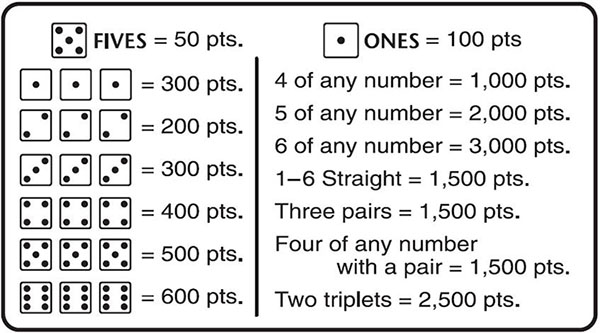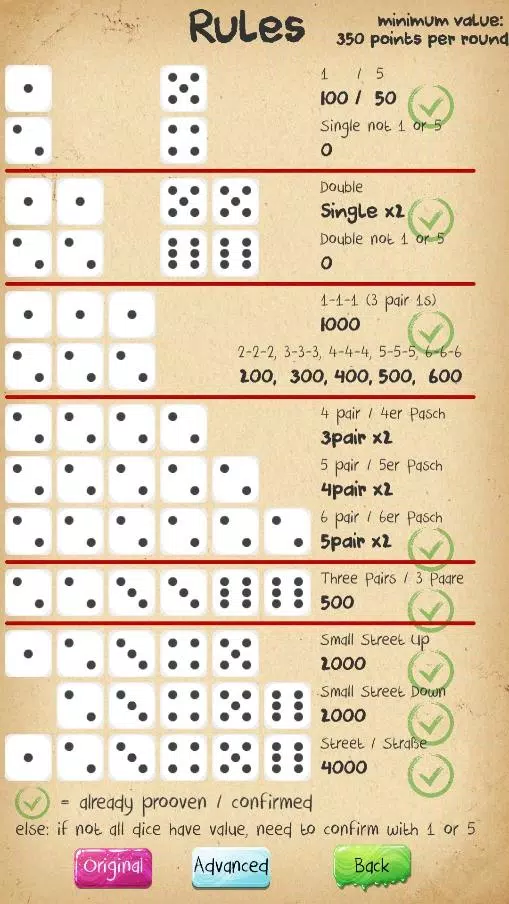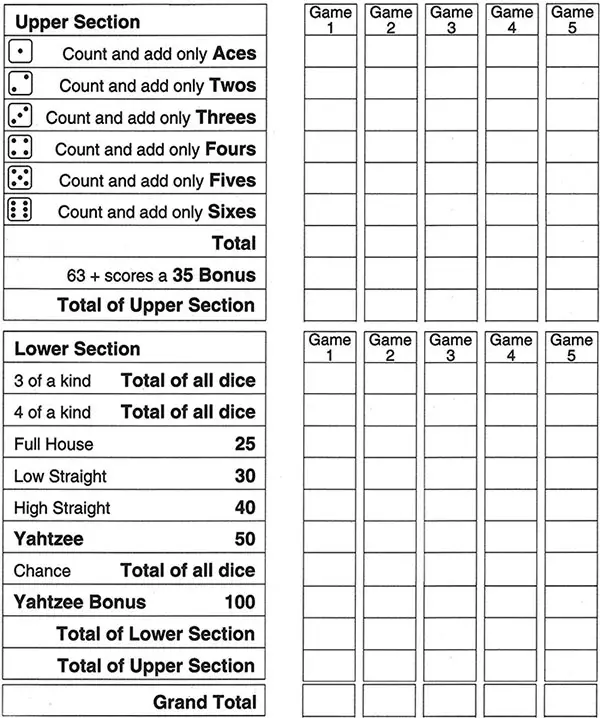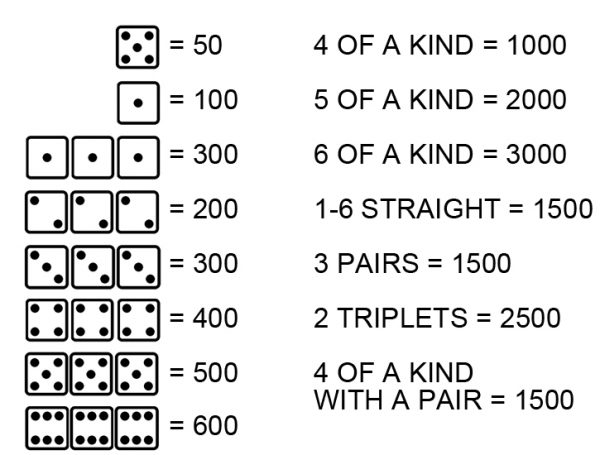How Do You Play 10000 Dice Game

The rhythmic clatter of dice and the strategic calculation of points – these are the hallmarks of 10000, a popular dice game enjoyed by players of all ages. While variations abound, the core gameplay remains consistent, offering a blend of luck and skill that keeps participants engaged.
This article breaks down the rules and strategies for playing 10000, also known by names like Farkle, Zilch, or Cosmic Wimpout. Understanding the gameplay mechanics, scoring, and risk assessment is crucial for success.
Understanding the Basics
10000 is a dice game played with six standard dice. The objective is to be the first player to reach a predetermined score, typically 10,000 points, hence the name.
Players take turns rolling all six dice and scoring points based on specific combinations. The challenge lies in deciding when to stop rolling and bank the points earned, versus risking a "Farkle," which results in losing all points accumulated during that turn.
Key Scoring Combinations
Certain dice combinations are worth points: ones, fives, and three-of-a-kind are the most common.
Here's a typical scoring breakdown:
- 1: 100 points
- 5: 50 points
- Three 1s: 300 points
- Three 2s: 200 points
- Three 3s: 300 points
- Three 4s: 400 points
- Three 5s: 500 points
- Three 6s: 600 points
- Four of a Kind: Usually worth double the three-of-a-kind value (e.g., four 1s = 600 points)
- Five of a Kind: Usually worth double the four-of-a-kind value.
- Six of a Kind: Usually worth double the five-of-a-kind value, and may automatically win the game.
- Straight (1-2-3-4-5-6): Typically worth 1,000 or 1,500 points.
Gameplay: A Step-by-Step Guide
The game begins with a player rolling all six dice.
If any scoring combinations are rolled, the player *must* select at least one scoring die or combination of dice. These dice are set aside, and the player's score for that turn begins to accumulate.
After setting aside the scoring dice, the player has two options: continue rolling the remaining dice to potentially increase their score, or stop and bank the points accumulated during that turn.
If the player chooses to roll again and no scoring combination results from the roll, this is a Farkle. All points accumulated during that turn are lost, and the turn passes to the next player.
If a player scores with all six dice, this is often called "hot dice" or "rolling out." The player can then choose to roll all six dice again and continue adding to their score.
Play continues in this manner, with each player taking turns rolling, scoring, and deciding whether to risk a Farkle or bank their points.
Strategic Considerations
Knowing the rules is only half the battle; strategic decision-making is key to excelling at 10000. Risk assessment is crucial.
Early in the game, when all players are far from reaching 10,000, it's often wise to take more risks and continue rolling to maximize potential gains. Later in the game, especially when close to the target score, playing more conservatively and banking points more frequently may be advantageous.
Understanding the odds of rolling certain combinations can also inform decisions. For example, knowing that ones and fives are the most common scoring dice might influence the decision to roll again even with only one or two dice remaining.
Variations and House Rules
As with many traditional games, 10000 is subject to numerous variations and house rules. Some common variations include different scoring values for certain combinations or requirements for a minimum score to "get on the board" (i.e., to start accumulating points towards the final score).
Before starting a game, it's essential to agree on the specific rules that will be used. This ensures fair play and prevents disagreements.
Some players might introduce rules such as requiring a minimum score (e.g., 500 points) on the first turn before any points can be banked in subsequent turns.
The Enduring Appeal of 10000
The popularity of 10000 stems from its simple rules, engaging gameplay, and the element of chance combined with strategic decision-making. It is easy to learn, yet difficult to master.
It can be played with as few as two players or in larger groups, making it a versatile choice for family gatherings, game nights, or even casual entertainment during travel.
The game's fast-paced nature and the potential for dramatic swings in fortune keep players on the edge of their seats. Whether you're a seasoned dice game enthusiast or a curious newcomer, 10000 offers a rewarding and entertaining experience.


















